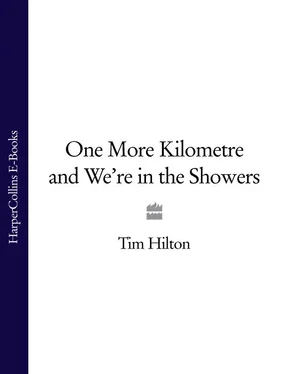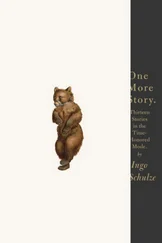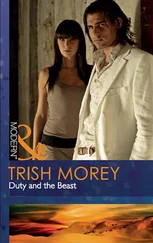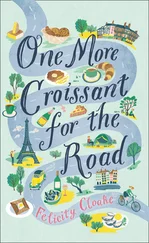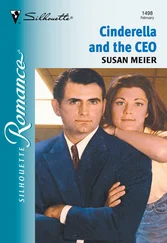How to use your camera
Blue skies and good companions
The infinite variety of cycling
Their abiding splendour
Where the mountains blush
The quest
Over the Welsh hills with a cycle and a camera
British railways
The Cotswolds
France: its customs and characteristics
Peeps through the microscope
Scotland through the lens in colour
Hill tracks and valleys in central Wales
The hillside figures of Britain
Holidays with cycle and camera
These lectures were free, but sometimes a souvenir programme was offered, its price usually 1 s. 6 d. The lecturers themselves had some renown within the cycling community and their discourses were heard in more than one place. A large wooden box containing lantern slides would be put on a train and would precede the lecturer, who of course went from one venue to the next by bicycle.
Don’t the lectures sound dull? But they served a purpose and supplied a need, or there would not have been so many of them. The reason for their popularity must have been that people simply did not know other parts of their own country and were eager to explore the land on two wheels. This curiosity and desire for travel was not confined to cyclists with little holiday time. Passion for research has led me to the 1950s file of a magazine issued by the Civil Servants’ Motoring Association. It would be hard to imagine a more bourgeois society. Yet the CSMA magazine carried touring articles that were very like the cyclists’ lectures and journalism – except that the motorists were recommended inns rather than cafes, hotels rather than youth hostels or bed and breakfast places.
Touring articles, often written by the same men who gave the lectures, continued in Cycling until the mid-1970s. Reports of the Tour de France alternated with reminiscences of gentle rambles through the Berwyns or the villages of the Isle of Wight. The accompanying photographs were often of a high standard. My lecture titles suggest that 1950s cyclists were often preoccupied with the camera. Articles and advertisements in the CTC Gazette describe quite new, even racy, pieces of photographic equipment. The cameras concerned were often quite expensive, adventurous purchases by cyclists who were seldom affluent and on the whole had conservative tastes. I can illustrate this conservatism by describing the cycling seasons.
The cycling year had its own feast days or observances and a racing man’s calendar was almost a matter of routine. In the twenty-eight Sundays between March and September many races had an allotted and unchanging slot, whether they were important events – the Bath Road 100, the Anfield 24 Hours, the Solihull Invitation 25 – or less significant local time trials. Massed-start road races did not have these definite dates, firstly because there were so few of them and secondly because roadmen did not have a firm and long-established governing body. However, bunched road racing was always celebrated in the ‘Isle of Man Week’ at the end of every June.
Trackmen also knew when and where they were going to compete. They would go to meetings held at regular intervals in the summer months, generally in the evening. For trackmen who raced on grass there were many ‘sports days’. Agricultural sports days were often part of a country show and were held on Saturdays. Urban sports days, organised by a factory, a colliery or a local police force, took place on Wednesday or Thursday afternoons, depending on the early closing day. These afternoons were shared with athletics. The runners often wondered at the feats of men on wheels, so cycling made some converts. It looked so specialised and brawny. Good grassmen were indeed among the sporting mighty and their muscular prowess over slippery, uneven ground also served them well in hill climbs – the peculiar races that end the cycling year.
Hill climbs are organised by cycling clubs in later October and November. In essence, they are time trials from a low to a high point. On the continent there are some extremely taxing mountain time trials, notably on the roads above Nice and on the Puy de Dôme. These are sometimes part of a stage race. They were introduced to the Tour de France in 1939. British hill climbs became popular in the 1920s and have a quite different character. They are festive and look forward to Christmas. But they are also hard. You need legs that are filled with months of racing – though we have known climbs to be won by the agility of delightful, underweight teenagers. They get special applause.
Depending on your part of the country, the climbs are long or short, but never very long. They are either ‘technical’ or straightforward. Some demand guile, others brute strength. Famous longer hills, like the Horseshoe Pass or Nick O’Pendle, are in the Peak District or North Wales. They are used by Manchester and Merseyside clubs. Birmingham clubs use hills in Mid Wales or the valley of the Teme. Londoners go to the North Downs or the Chilterns. In flat East Anglia clubs use what they can find. Hill climbs in Suffolk, for instance, are sometimes ridden in only forty seconds. Welsh climbs, however, can occupy a competitor for ten minutes.
Not longer, or the drama of the race would be lost. Hill climbers need a clapping audience. The climbs attract much larger crowds than other events against the clock. They are also held later in the morning, so as to race in light but also to attract knowledgeable spectators. The people who devise the hilly courses want to make their races into theatre. They look for a narrow road, preferably a lane with poor surfaces, stretches of faux-plat and – exquisite touch – a cattle grid at the hardest corner. If there is a pub near the hill, so much the better.
Some purists believe in hills that can be ridden on a fixed wheel. Others like varying gradients that demand the use of gears. Either way, the spectators are connoisseurs of a ritualistic race. The crowd will be on either side of the lane, all the way to the top, crying ‘Up! up! up!’ to each panting rider. At the summit are ‘catchers’ to grasp and hold the cyclists who, totally spent after the extreme effort of the brief climb, fall with their machines. The finishers are warmed in blankets, or sometimes by a brazier. Steam and smoke mingle with the cold air.
Next, beer and mince pies. Racing is over until the following year. Now the ‘social season’ begins. Miscellaneous entertainments, club runs and other gatherings reach a climax with the club dinner. Like so much else in the cycling world, these dinners have a standard pattern. They are held in late January and early February. On these occasions the club’s prizes and trophies will be awarded by an honoured guest, most often a well-known racing cyclist from another club. At the dinner there is a mixture of formality and licence. A three-course meal is served by waiters. Men wear suits, ladies wear gowns. At the end of the dinner there is a series of toasts, to ‘The Club’, ‘The Visitors’, ‘The Ladies’, sometimes ‘The Road’ and finally ‘The Queen’.
After the Loyal Toast – still observed by a surprisingly large number of clubs – cross-toasting is permitted. Anyone can bang on the table, jump to his feet and say, ‘I wish to take wine with …’ and then name some person or group of people with a jesting or semi-private reference. Then another person will say, ‘I wish to take wine with …’. This can go on for some time, and with hilarious or disappointing results. The custom of cross-toasting is an old one, and perhaps now belongs only to cycling clubs; I know of no other organisations which follow the ritual. Its cycling origins are in the convivial dinners held by clubs in the 1890s and Edwardian times, the golden age of bohemian dining.
Читать дальше
